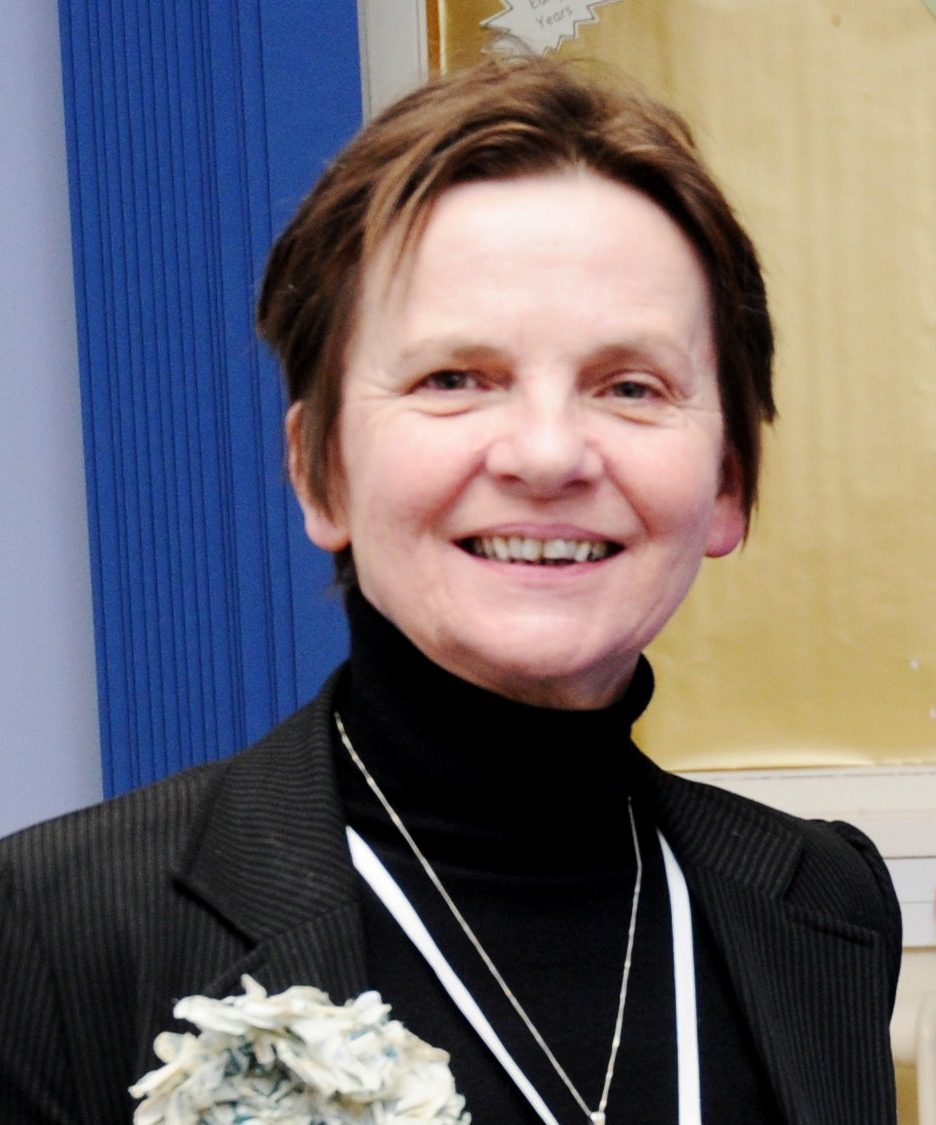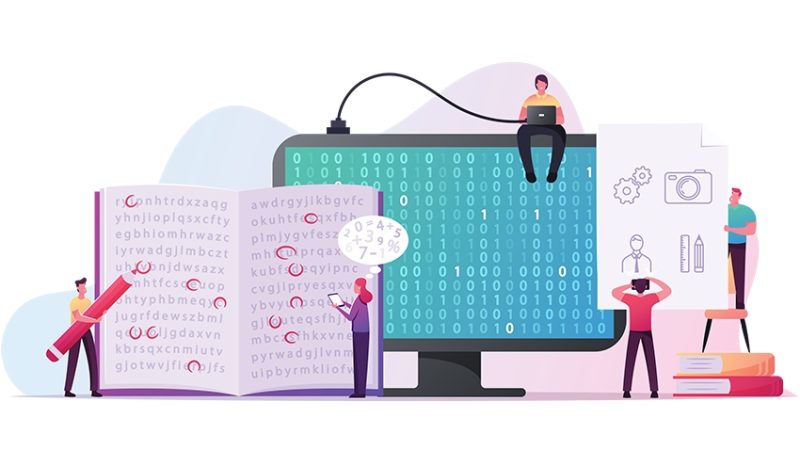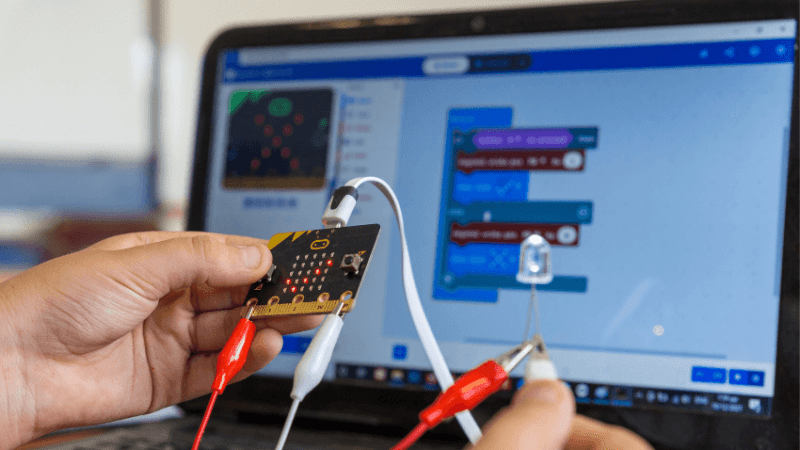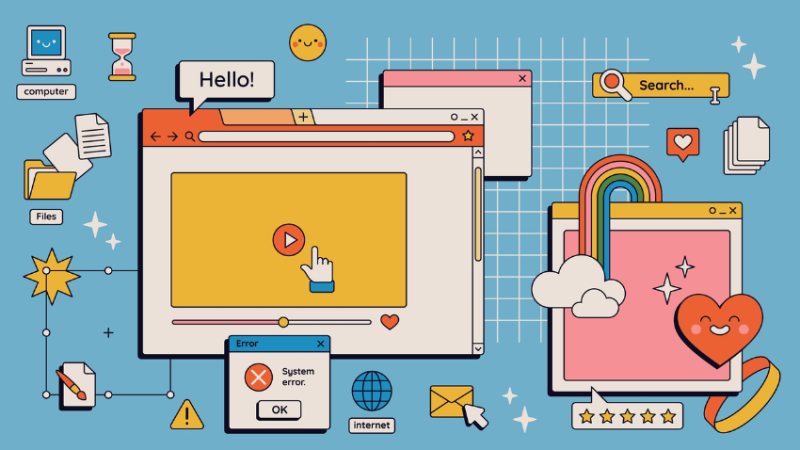Get With The Program – To Teach Computing, You Don’t Always Need A Computer

Teach pupils the programming concepts that underpin our digital world by embracing the physical one around you, says Sally Tippett The roll-out of the new curriculum is an exciting time for schools, and we shouldn’t be too negative about its content. The old NC and schemes of work were truly outdated – we needed something […]
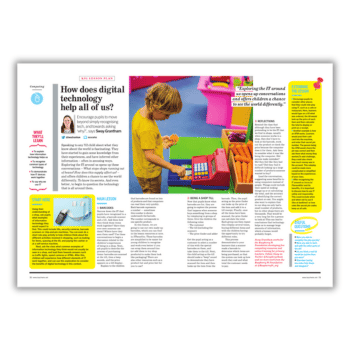
Teach pupils the programming concepts that underpin our digital world by embracing the physical one around you, says Sally Tippett
The roll-out of the new curriculum is an exciting time for schools, and we shouldn’t be too negative about its content. The old NC and schemes of work were truly outdated – we needed something to refresh what had become staid and boring.
Pupil interaction with technology has gone way above using a paint package to draw a bonfire in November or a Christmas tree to print out and stick onto some card. I’m sure many can remember when the old QCA unit, Combining Text and Graphics, was allocated six weeks of teaching time. Six weeks! It’s hard to imagine any child would need so long these days, and certainly not in Key Stage 2. The time is definitely right to throw out the old and bring in the new.
Media hype
So why is it that many teachers are feeling overwhelmed? Surely we should be excited and eager to start?
Personally, I believe that media hype around the new curriculum is partly to blame, and unnecessary. When I’ve spent time discussing the programmes of study with teachers in primary schools, they soon realise that in actual fact, they can do it; it’s not beyond what they are capable of, and when it is explained to them, they are soon itching to get started.
Faces particularly light up when we say that great work can take place without a computer in sight, that it’s possible to teach key points before anyone thinks of reaching for the mouse and keyboard. Take paper cups, for example – lots of them. Let’s pile them up, one on top of the other, and call it programming.
Paper cup computing
I came across the brilliant ‘My Robotic Friends‘ activity [PDF] on the American website, Computer Science Education Week. Put simply, children have to write a program for a ‘robotic arm’ (in reality, the arm of another pupil) that will stack paper cups in the correct order to match a diagram, without them falling down or crashing. One child writes the program on a piece of paper using a series of arrows, while their partner – the ‘robot’ – interprets the arrows as movements to build the stack of cups.
There is so much learning that can take place with a simple activity like this – children need to:
• Write an algorithm – the program • Test the program – stack the cups according to the written program • Debug the program – if the stack ‘crashes’, look at the program again and spot where mistakes have been made • Rewrite the program and retest – try again
This simple activity is computational thinking at its best, and we haven’t even got to a computer yet.
Key language and concepts
And there are plenty more examples – what about taking the children into the hall to become the Red Arrows? Line them up in rows of about six, one behind the other, and ‘program’ them. Do they all follow the instructions correctly and perform a beautiful movement, or do they crash?
Or take some graph paper and use it to design and draw a maze. Then write the program that will take a counter from the start, through the maze, and to the exit. Can a friend follow the instructions? Does the program need debugging?
Even old favourites can be applied, such as ‘Simon Says’. Are pupils listening? Do they follow instructions correctly? What happens if they don’t?
The point is that we want children to understand the key language and concepts before they worry about being programmers. Pupils quickly become comfortable with new technology, and can type in words, drag blocks and click mouse buttons – but are they really understanding what they are doing, or is it more trial and error? In some cases it is, which why there’s so much we need to do away from computers to ensure that children understand fully what they’re being asked to do.
This new computing curriculum should not be about producing programmers, but about giving children time and opportunities to develop their reasoning skills and computational thinking; empowering them to have the confidence and understanding to explore their world and engage in it. They may not become the next Mark Zuckerberg, but they will become self-assured, inquisitive and prepared to follow their chosen career, whatever that might be. Sally Tippett is a primary curriculum development consultant at JWB Consultancy (jwb-consultancy.co.uk), working with primary schools to develop their use of ICT; for more information, visit jwb-consultancy.co.uk or follow @SallyTippett

